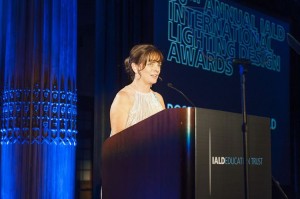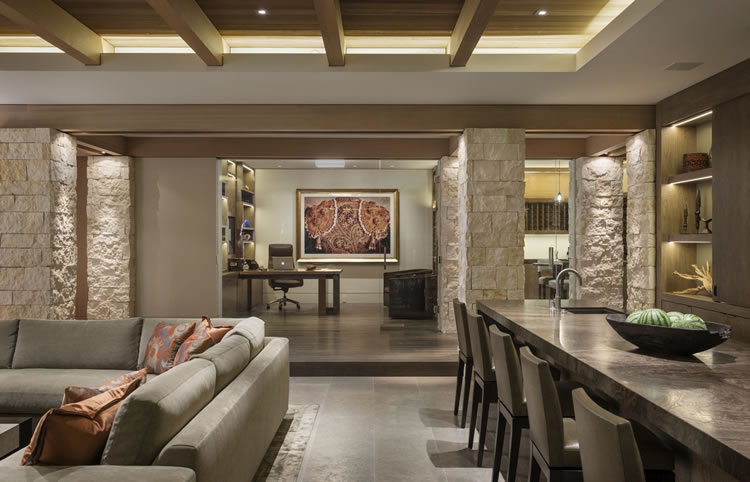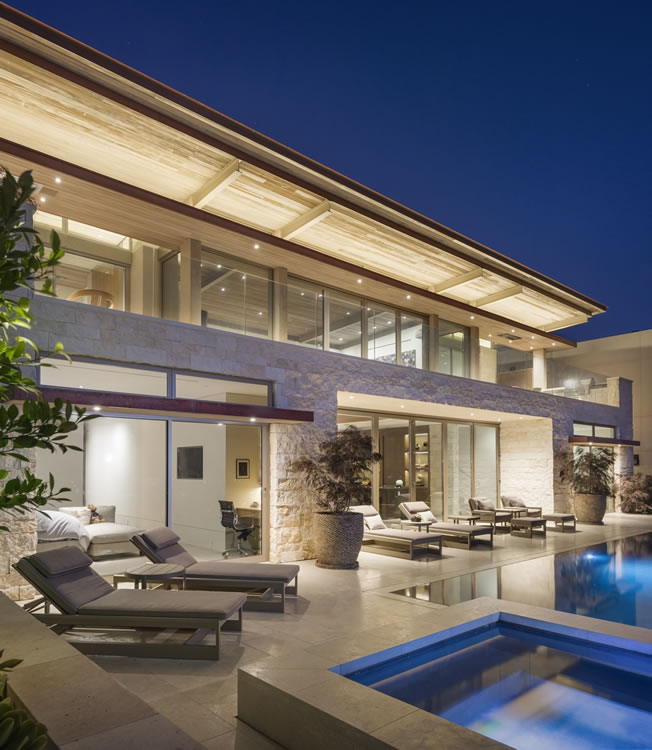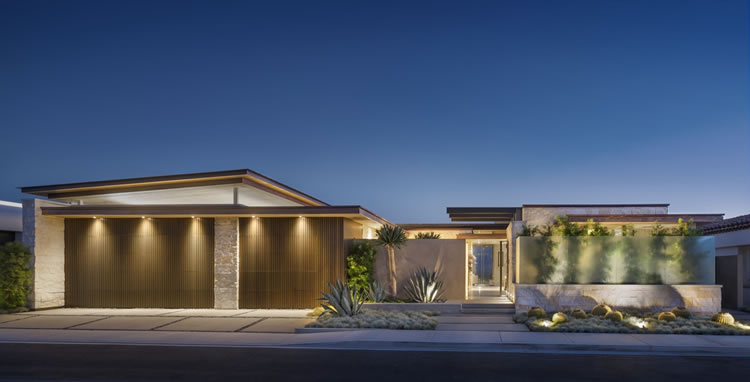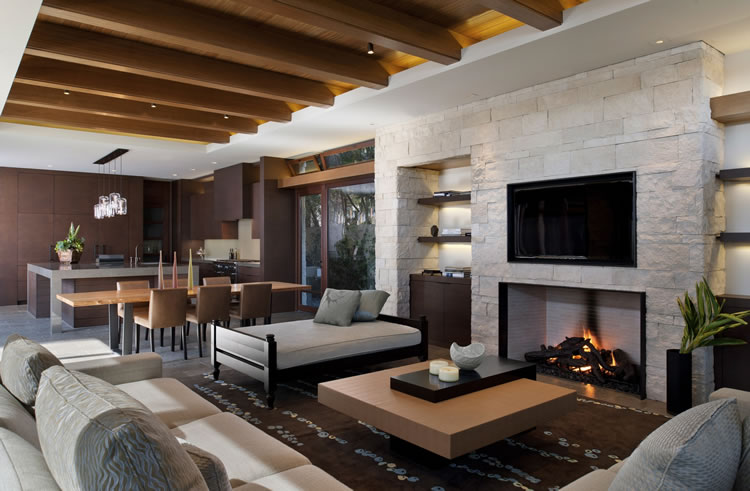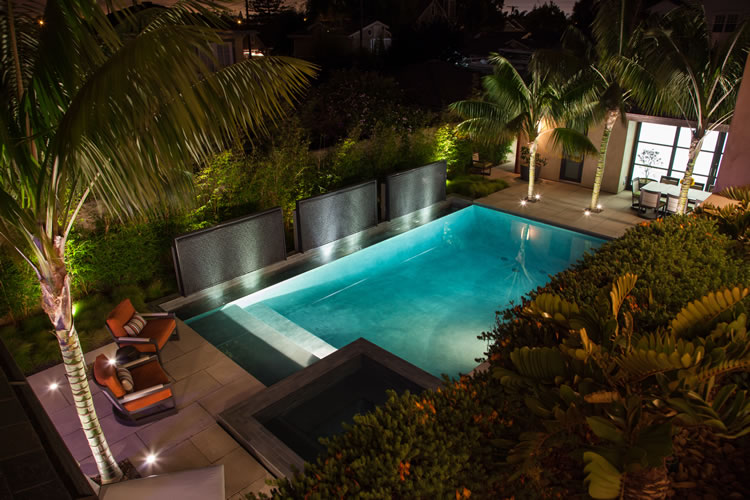Architectural Lighting Designer Illuminates Living Spaces
Lighting a home is like a dance among the stars. There are shadows and curves and lines that all play into the effect desired to bring the proper drama to a newly designed home or starting a second act under the influence of renovation. Either way, architectural lighting designer Rosemarie Allaire performs her lighting magic on homes, from coastal cottages to Tuscan villas, so each becomes the perfect stage for living under the California sun.
Q: Tell me a little about yourself and how you started as an architectural lighting designer.
A: While going to college studying interior design, I also minored in dance. One year I had an architectural lighting course and it was then I knew exactly what I wanted to do.
I was taken by live performances, and as a dancer I was thinking of working in this field. I knew as a dance minor my career would take me backstage, not onstage. So I sought out theatrical lighting by assisting the university’s theatrical lighting designer. Even though it enhanced my artistic and technical perspective of lighting, I learned quickly that the life of a theatrical lighting designer wasn’t for me, unfortunately. I kept to architectural lighting and found myself right out of college working in Michigan for a lighting design firm. I have been a practicing architectural lighting designer for nearly 30 years now.
Q: Why should a homeowner invest time and money in lighting design for the home?
A: Living in southern California, we are so fortunate to be in the “California Riviera.” There is so much natural daylight available for us. However, we have homes with great value where designers have taken a lot of care and thought for the finishes and furniture to create gorgeous interior and architectural designs. Lighting enhances and shows off the beauty invested in these homes. And at night artificial lighting captures and reveals the home on the outside with strategically placed lights. Lighting is also a functional tool that enables us to see properly so we can perform tasks such as cooking, shaving, or reading.
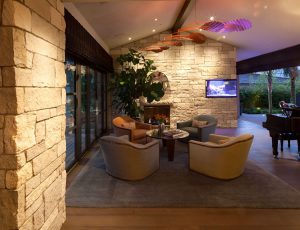 Q: Should someone consider lighting the exterior of the home?
Q: Should someone consider lighting the exterior of the home?
A: Being outside at night is such an important experience for us living in such a temperate climate. We are able to live both in and outdoors, and lighting can make the transition to outside more interesting and comfortable. Utilizing lights outside also helps create depth. A small backyard can come alive and appear larger by using lights to define a tall tree or planting. Highlighting the tree creates depth in the exterior environment and increases the overall perimeter perspective. Lighting invites you to come out to enjoy the exterior of your place.
Q: How do you approach lighting?
A: Typically I work with architects or interior designers; we usually work from architectural plans. In order to translate and interpret lighting design, it’s best to convey it up in a plan. Once we work out all the details and manage through any problem areas, an electrician does the lighting installation based on my recommendations. Real estate agents really appreciate my work in a home.
Q: How do you help real estate agents?
A: I work with them to get the lighting right to help it sell; or work with interior designers to help stage the home. Even though it is better to have a plan, there are ways around it. So if a house isn’t selling, maybe it simply needs improvement in the lighting to bring more drama and appeal to the home. Lighting is an investment. Just as putting in beautiful flooring, acquiring exquisite furniture or collecting fine art requires an investment, proper lighting should be included in the mix. Lighting brings out all the wonderful features in the beautiful furnishings found in a home. And when done properly, it can really show off any home. With the proper guidance and blend of art and science, you get the best results.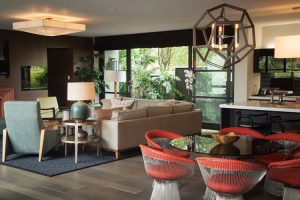
Q: What do mean art and science?
A: Well, for instance the science aspect deals with beam distributions, reflectors, lamps and lenses available with lighting fixtures that provide a particular amount of footcandles. Also you have to understand how finishes and surfaces respond to light. For example, if the room surfaces are dark with dark granite countertops, wood flooring, cabinetry, etc., specific lighting is required to bring light to the room because dark colors absorb light. Lighter colors reflect light. Sometimes I have influence with the designers to specify lighter finishes. How the room ultimately looks and feels with the proper amount of lighting and bringing a creative touch and statement is the art aspect of lighting. The best environments are achieved when they are blended successfully
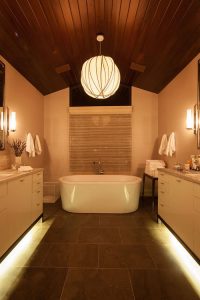 Q: What were some of the designing challenges you’ve encountered?
Q: What were some of the designing challenges you’ve encountered?
A: I’ll have to say dealing with ceilings because they bring structural challenges with all the plumbing and HVAC located in it. And it’s the ceiling where the light fixture housings are located. Housings are usually quite large so there is a lot of maneuvering and rethinking that goes on with the design. Most of the Laguna Beach homes I work on are renovations, so I need to work with the existing ceiling configurations to place the new light fixtures. There is a lot of give and take involved, but it all works out in the end. After 30 years in the business, you learn a few things.
Q: How obvious is bad lighting?
A: Actually what I object to is “over-lighting” a space where an electrician/builder/contractor or perhaps architects or interior designers that just don’t understand lighting end up lighting everything! When that happens, there is no focus, contrast or interest generated in the room. Everything is lit. Seriously, anyone can light everything. Doing that you are safe, but it’s boring and uneventful. Bad lighting is usually not enough and can certainly be improved; whereas too much lighting is much tougher to work out. As a residential lighting professional, I believe at home we need to have control of the lighting and turn lights on and off that we chose and dim or brighten; versus a commercial building where one type of lighting tends to rule the whole office. It’s such a relief to be able to come home, dim the lights and just relax.
CONTACT INFORMATION:
Rosemarie Allaire, IALD
Architectural Lighting Designer
Rosemarie Allaire Architectural Design
24691 Del Prado, Suite 201A
Dana Point, CA 92629
949-218-3073

